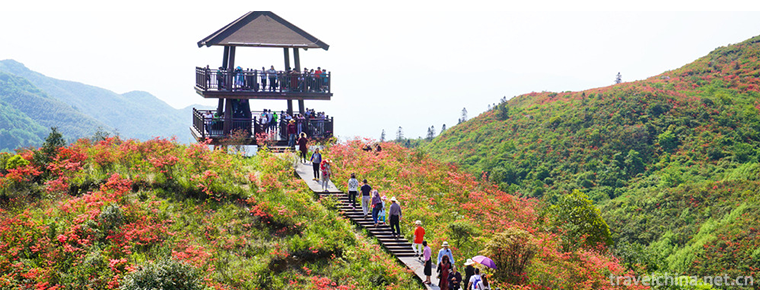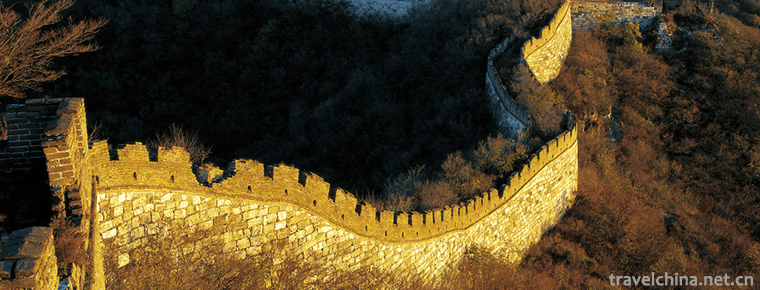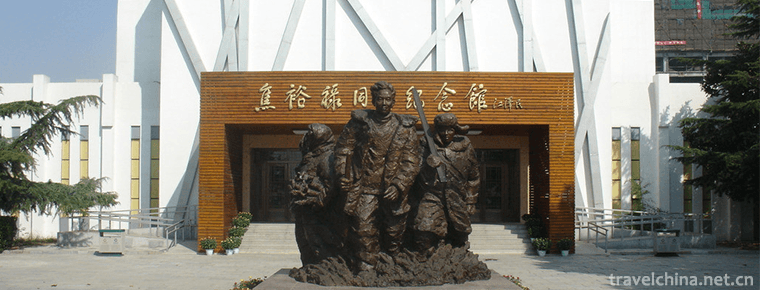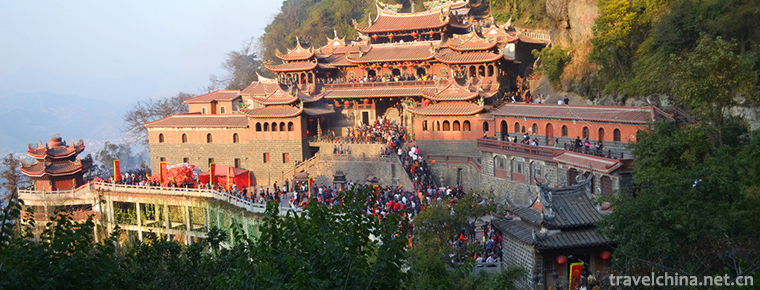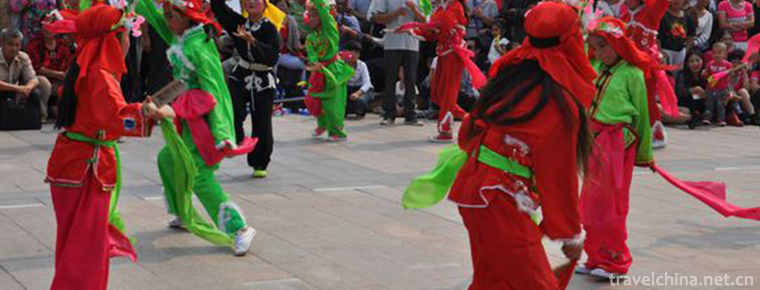History of Dazhou
History of Dazhou
Dazhou area belonged to Liangzhou in Xia Dynasty and Yongzhou in Yin Dynasty. The earliest indigenous people were the Cong people, who established the state of Cong (now tuxi Town, Quxian county). In the early Warring States period, Ba people migrated from the Han River to the Yangtze River Basin, and Dazhou area was included in the Ba state.
In 316 B.C., Qin destroyed Bashu, and Dazhou was Dangqu County in Qin Dynasty and Western Han Dynasty (314 BC).
In the eighth year of Yongyuan (96), Xuanhan county was located in the east of Dangqu county. In the sixth year of Jian'an (201), Yizhou Mu Liu Zhang established Brazil County, and Dazhou area belongs to Yizhou Brazil county.
In 347, in the third year of Yonghe in the Eastern Jin Dynasty, Dangqu county was divided into Brazil county and Xuanhan County, Hanxing county and Dangqu county were owned.
In the early Yongchu period of the Liu Song Dynasty (420-422), Xuanhan county was upgraded to Baqu County, which governed seven counties including Xuanhan, Shixing, Baqu, Dongguan, Xin'an, Xiapu and Jinxing.
In the second year of Datong in Nanliang Dynasty (536), Baqu county was abolished and Wanzhou was established. It governed seven counties, including Kaiba County, Xin'an County, Wanrong county and Dongguan county.
In 553, Wanzhou was changed to Tongzhou in 553.
In 607, Tongzhou was changed into Tongchuan county.
Tongzhou was renamed Tongzhou in 618. In the third year of Wude, Tongchuan Prefecture was established in Tongchuan County, governing eight prefectures including Tongchuan and Wanzhou. In the seventh year of Wude, the general manager's office was changed to the governor's office. In 631, the fifth year of the reign of emperor zhendu. In the first year of Tianbao (712), Tongzhou was changed to Tongchuan county. Tongzhou was renamed Tongzhou in 758.
In 965, Tongzhou was renamed Dazhou. In the Song Dynasty, Dazhou belonged to Xialu (Fengjie), then Kuizhou Road (Fengjie).
In 1279, it belonged to Xuanwei Department of Sichuan Province. In the 22nd year (1285), it was changed to Kuizhou Road (now Fengjie) in Sichuan Province.
Hongwu Ming nine years (1376), Jiangzhou County, Kuizhou (Fengjie).
In the Qing Dynasty, it was the capital of Kuizhou in Fengjie. In 1728, Dazhou was upgraded to Zhili Prefecture. In 1802, Dazhou was changed to suiding Prefecture. The name of Dazhou was taken as the name of the county, and Daxian county was added as Fuguo county.
In 1913, suiding government was withdrawn. In 1935, Sichuan government was unified and the 15th administrative supervision area of Sichuan Province was established.
On December 10, 1949, the Chinese people's Liberation Army captured and liberated Kaijiang. Dazhu was liberated on 11th, Quxian on 12th, Daxian on 15th, Xuanhan on 17th and Wanyuan on 29th. At this point, all counties of Dazhou were liberated.
In 1950, the administrative supervision area was changed to Daxian District in northern Sichuan.
On September 11, 1952, the Central People's Government of the people's Republic of China abolished the administrative districts in eastern, western, southern and Northern Sichuan, and restored the organizational system of Sichuan Province as Daxian special area of Sichuan Province.
In 1970, Daxian district was renamed Daxian District, and the area was located in Daxian county.
On July 5, 1993, Daxian area was renamed Dachuan area.
On June 20, 1999, Dachuan district was abolished and prefecture level Dazhou city was established. The Municipal People's government was located in Heye street, Tongchuan District.
On November 29, 2020, join Dabashan Grand Three Gorges Cultural Tourism Development Alliance.

-
Alipay
Alipay (China) Network Technology Co., Ltd. is the third party payment platform in China. It is committed to providing a simple, safe and fast payment solution.
Views: 218 Time 2018-11-13 -
Daweishan National Forest Park
Dawei Mountain is located in the boundary between Hunan and Jiangxi Province, the hinterland of Lianyun Mountains, the East is Tonggu County under the jurisdiction of Yichun City, Jiangxi Province.
Views: 125 Time 2019-01-07 -
Jiankou Great Wall
The Great Wall is located in Badaohe Township, northwest of Huairou District, Beijing suburb. It is 1141 meters above sea level and about 30 kilometers away from Huairou County..
Views: 237 Time 2019-01-21 -
Jiao Yulu Memorial Park
Jiao Yulu Memorial Park (formerly Jiao Yulu Martyrs Cemetery) was built in February 1966. It is located on the old embankment of the Yellow River in the north of Lankao County, Kaifeng City.
Views: 152 Time 2019-01-22 -
Kaiping Garden
Kaiping Liyuan is located in Bohua Village, Tangkou Town, Kaiping City, Guangdong Province. It is a private garden of Xie Weili, an overseas Chinese traveling to the United States in Tangkou Town.
Views: 130 Time 2019-01-29 -
Qingshui rock
National AAAA tourist attractions, built in the Northern Song Dynasty, were rebuilt in the Ming Dynasty. In the Northern Song Dynasty, the priest Puzu Zen Buddhist monk once practiced here.
Views: 183 Time 2019-02-07 -
Cangzhou Lazi
Cangzhou Laozi is a traditional folk dance with strong local characteristics in the central area of Hebei Province. Laozi is one of the representative folk dances in Hebei Province..
Views: 168 Time 2019-04-04 -
hubei drum
The original name of Hubei drum is "drum book", also known as "drum storytelling" and "drum Beijing tune", etc. It is a traditional rap art popular in Xiaogan.
Views: 149 Time 2019-05-03 -
Kirgiz costumes
"Kirgiz" means the people who live on the cliffs. Another saying is that "Kirgiz" are forty girls. This statement is wrong. Most of the Kirgiz people live in Xinjiang's Kizilesu Au.
Views: 263 Time 2019-05-09 -
a kind of local opera popular in Shandong Province
Liuqiang, a local traditional drama in Jimo City, Shandong Province, is one of the national intangible cultural heritage..
Views: 243 Time 2019-05-14 -
Yi Folk Songs
Yi folk song is an important carrier of Yi culture and one of the most important forms of inheriting Yi culture. It records the history, science, production and life, traditional customs, philosophy, .
Views: 213 Time 2019-07-12 -
Guangan scenic spot
By 2018, there are 24 A-level scenic spots in Guang'an City, of which Deng Xiaoping's hometown is a national 5A scenic spot, and six scenic spots, including Huaying Mountain tourist area, Shenlong mountain Ba Ren stone city, baozhensai, Tianyi Vall.
Views: 327 Time 2020-12-19

